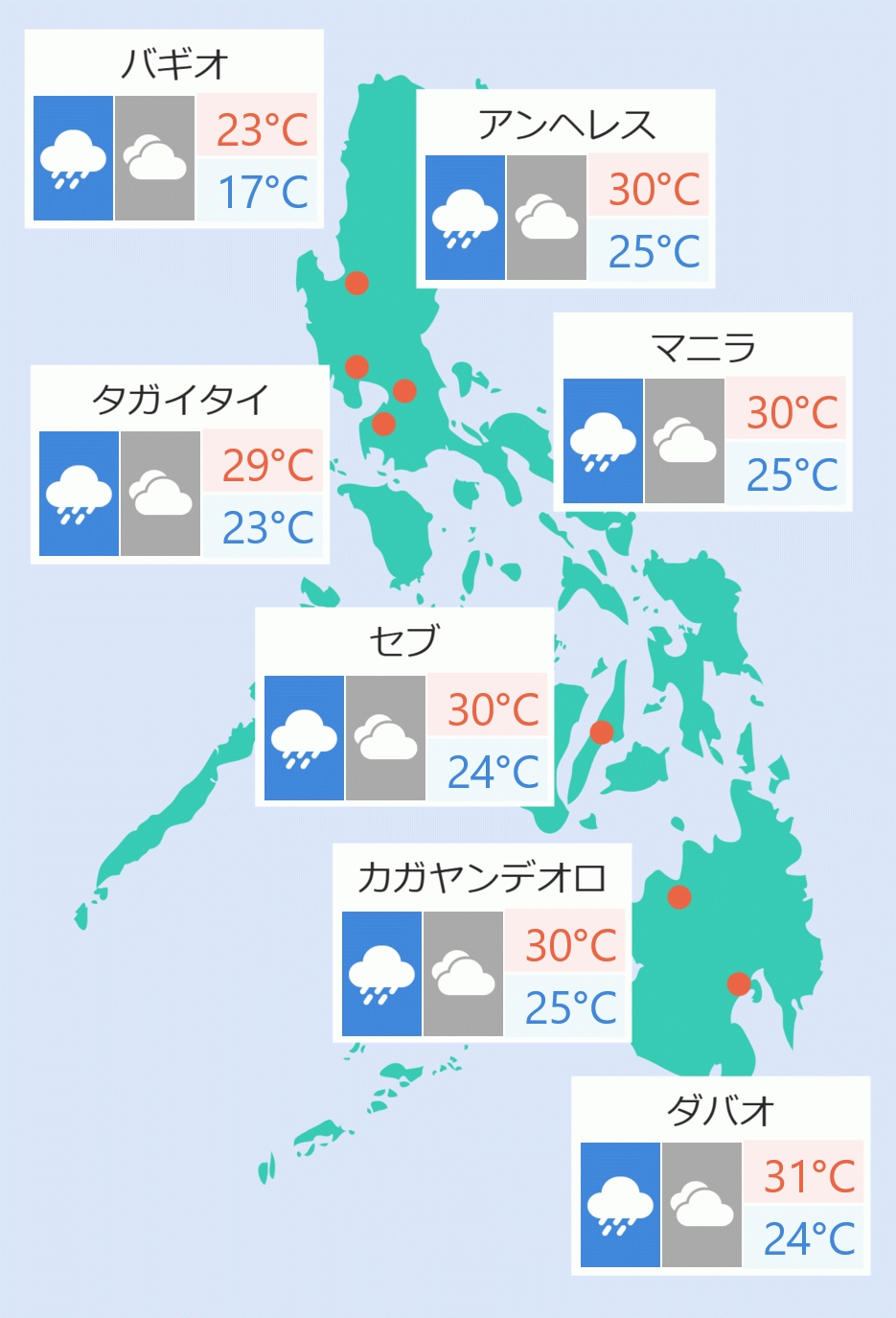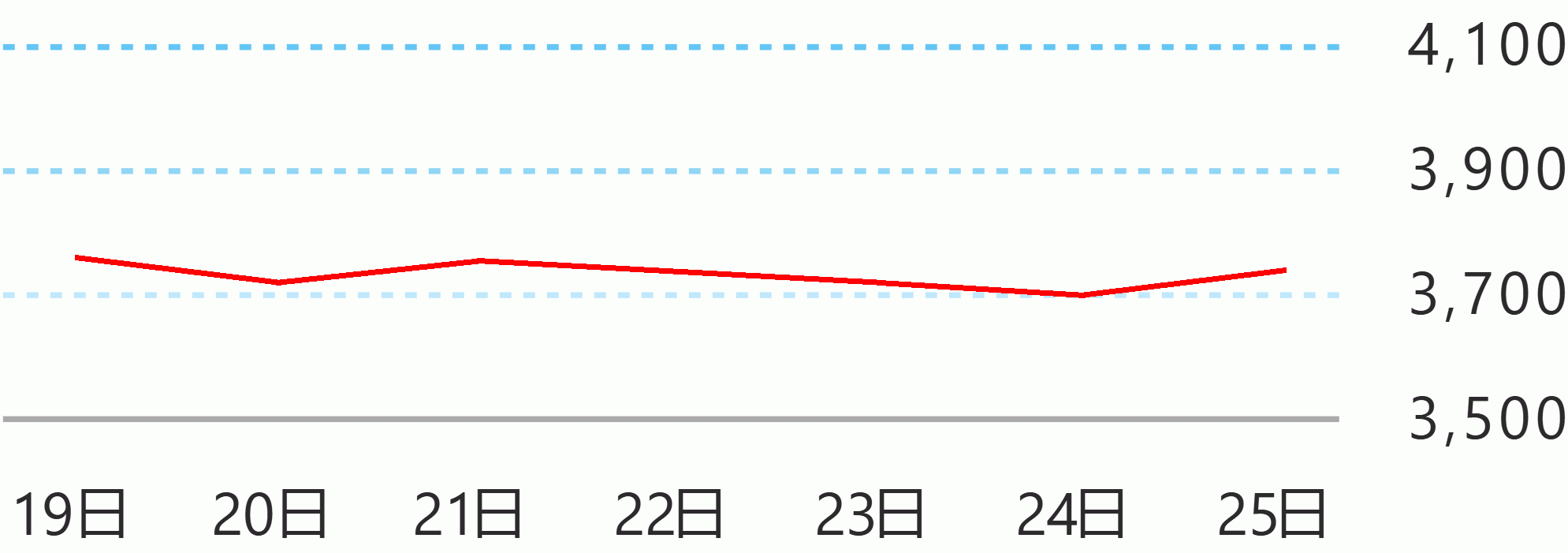Despite experiencing domestic and external challenges, the Philippines has reduced poverty levels between 2021 and 2023, marking significant progress toward the government’s target of reducing poverty incidence to a single-digit level by 2028, according to the National Economic and Development Authority (NEDA).
The 2023 poverty statistics released Monday by the Philippine Statistics Authority, showed that the poverty incidence among the population significantly dropped to 15.5 percent from 18.1 percent in 2021.
This translates to a decrease of 2.45 million Filipinos living in poverty. Notably, this 15.5 percent poverty incidence surpasses the government’s development target for poverty incidence in 2023, which was set at 16.0-16.4 percent in the Philippine Development Plan 2023-2028.
In terms of poverty incidence among families, the rate also saw a notable decline to 10.9 percent in 2023, down from 13.2 percent in 2021. This corresponds to a decrease in the number of impoverished families from 3.5 million in 2021 to 3.0 million in 2023.
“These encouraging figures underscore our unwavering commitment to implement effective policies and initiatives that uplift the lives of our countrymen,” said NEDA Secretary Arsenio Balisacan.
The number of food-poor families decreased to 740,000 in 2023 from 1.04 million families in 2021, marking a reduction of 300,000 families. In terms of population, the number of food-poor individuals also saw a significant decline, dropping from 6.55 million in 2021 to 4.84 million in 2023, a decrease of 1.71 million individuals.
Average per capita income increased by 17.9 percent between 2021 to 2023, outpacing the 15.3 percent rise in the annual per capita poverty threshold during the same period.
The mean per capita incomes of the first, second, and third decile classes also recorded significant increases at 25.3 percent, 22.9 percent, and 22.2 percent, respectively.
“High inflation during the first half of 2023 likely partially offset the positive effects of income growth on poverty reduction. The decline in poverty could have been sharper had inflation been more moderate,'' said Balisacan.
''But what is perhaps most encouraging to see is that mean per capita incomes for the poorest Filipinos?those belonging to the bottom deciles?grew quite fast, faster than those in the top decile classes and faster than the rate at which the poverty threshold grew. In other words, economic growth was progressive,” said the NEDA chief. NEDA Public Affairs





 English
English









